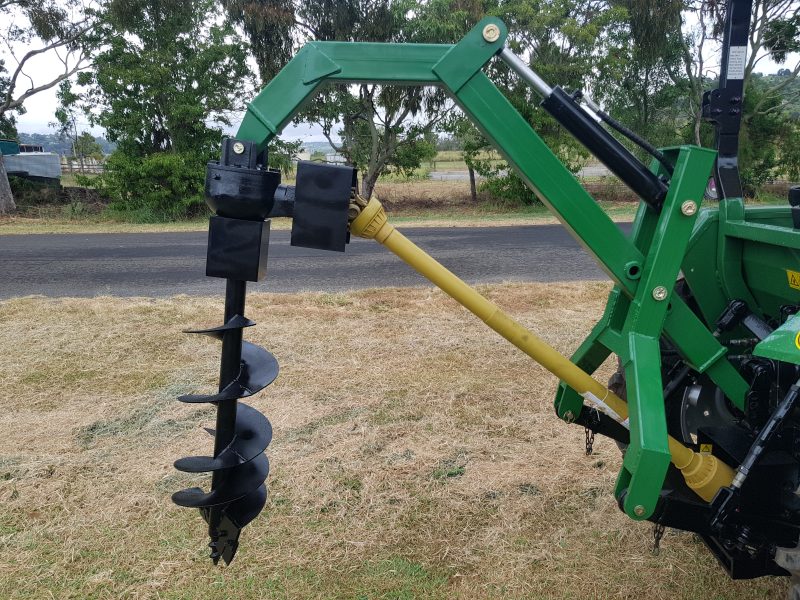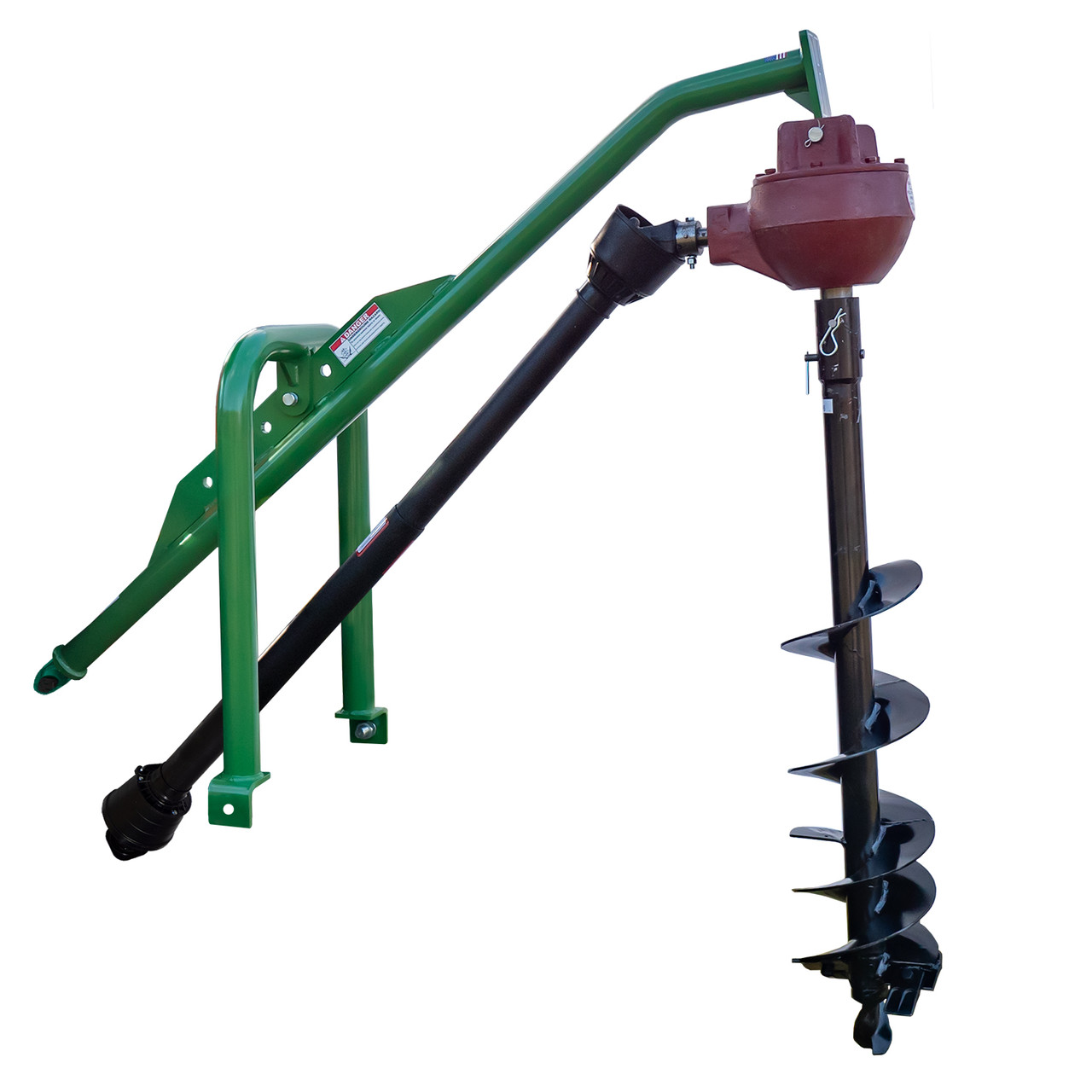Product Description
SHXIHU (WEST LAKE) DIS. SD40B 4 TON HYDRAULIC EXCAVATOR MINI DIGGER FOR SALE
Excavators are also called diggers, mechanical shovels, or 360-degree excavators (sometimes abbreviated simply to “360”). Tracked excavators are sometimes called “trackhoes” by analogy to the backhoe. Compact (mini) excavator delivers impressive performance in tight areas with minimal repositioning. Choose an excavator with the ideal combination of horsepower, dig depth, arm configuration and tail swing style for your work. Add specialized attachments that do more than dig, and maximize productivity on every project you can take on, no matter how big or small.
a
SD40B is a classic excavator, uses ZN490/YANMAR engine ,Famous brand hydraulic system;cabin optional ;can work with hammer,auger,grab,rake etc.
WHY CHOOSETHIS EXCAVATOR? “A highly efficient little excavator.”
Excavate footings, remove tree stumps, install modular drainage, lift blocks, auger post holes, excavate pools, backfill retaining walls, remove / install fencing, break concrete and remove spoil when combined with the mini dumper.
Great for restricted access excavation, demolition, cleanups, construction work and landscaping.
MAIN PARMETERS:
| Overall size | |
| Overall Length | 4600mm |
| Overall Width | 1700mm |
| Overall Height | 2400mm |
| Platform turning radius | 1170mm |
| Track Length | 2175mm |
| Track Width | 300mm |
| Gauge | 1620mm |
| Boom Length | 2350mm |
| Arm Length | 1230mm |
| Min Ground Clearance | 260mm |
| Platform Width | 1550mm |
| Engine hood height | 1300mm |
| Platform Height Above Ground | 570mm |
| Machine parameters | |
| Machine Weight | 3650Kg |
| Bucket Capacity | 0.2m³ |
| Bucket Width | 600mm |
| Rated Power | 34KW |
| Rated Rotary speed of Engine | 2400r/min |
| Hydraulic Pressure | 22MPa |
| Max Grade | 35° |
| Ground Pressure | 34.8kpa |
| Max Travel Speed | 2.7/4.6Km/h |
| Max CHINAMFG Force | 26KN |
| Rotary Speed | 9-11rmp |
| Working range | |
| Max. CHINAMFG Height | 4500mm |
| Max. Dumping Height | 3050mm |
| Max. CHINAMFG Depth | 3100mm |
| Max. Sinking Depth of Bulldozer | 270mm |
| Max CHINAMFG Radius | 4730mm |
| Min. Radius of Gyration | 1820mm |
| Max. Lifting Height of Bulldozer | 350mm |
| Machine configure | |
| Model No | SD40B |
| Engine Model | Changchai 490 |
| Motors | Imported motors |
| Pump | Variable piston pump |
Advantages:
Optional Attachments:
Similar Products:
Our Factory:
/* March 10, 2571 17:59:20 */!function(){function s(e,r){var a,o={};try{e&&e.split(“,”).forEach(function(e,t){e&&(a=e.match(/(.*?):(.*)$/))&&1
| After-sales Service: | Video/Interview |
|---|---|
| Warranty: | 1year |
| Type: | Crawler Excavator |
| Usage: | GM Excavator |
| Bucket: | Backhoe |
| Transmission: | Hydraulic Transmission |
| Samples: |
US$ 18700/Piece
1 Piece(Min.Order) | |
|---|
| Customization: |
Available
| Customized Request |
|---|

How does a post hole digger ensure precise and consistent hole depths?
A post hole digger incorporates various features and techniques to ensure precise and consistent hole depths. These elements help operators achieve the desired depth for each hole in a reliable and efficient manner. Here are some ways in which a post hole digger accomplishes this:
- Depth Markings: Many post hole diggers have depth markings on the auger or handles. These markings indicate the depth of the hole as the digger penetrates the ground. Operators can visually reference these markings to monitor the depth and ensure consistency across multiple holes.
- Adjustable Depth Settings: Some post hole diggers offer adjustable depth settings, allowing operators to pre-set the desired depth before digging. These settings can be easily adjusted using mechanisms such as locking pins or height-adjustable handles. By setting the depth beforehand, operators can ensure that each hole reaches the desired depth consistently.
- Stabilizing Mechanisms: Post hole diggers often feature stabilizing mechanisms or components to maintain stability and prevent excessive digging beyond the desired depth. These mechanisms can include stabilizer bars, braces, or flanges. They help control the downward movement of the digger and ensure that the hole depth remains consistent throughout the digging process.
- Operator Control and Technique: The operator plays a crucial role in achieving precise and consistent hole depths. With experience, operators learn to control the digger’s downward pressure, speed, and angle to maintain a consistent digging depth. They can adjust the technique based on the soil conditions, resistance encountered, and the depth markings or settings on the digger.
- Monitoring and Adjustments: Throughout the digging process, operators closely monitor the depth and make necessary adjustments as required. If a hole is not reaching the desired depth, the operator can apply more downward pressure or adjust the angle of the digger. By actively monitoring and making adjustments, operators ensure that each hole achieves the intended depth.
- Consistent Auger Design: The design of the auger itself contributes to achieving consistent hole depths. Augers are typically manufactured with uniform blade lengths and spacing. This uniformity helps ensure that the digger cuts through the soil consistently, resulting in holes with consistent depths.
By incorporating depth markings, adjustable depth settings, stabilizing mechanisms, operator control and technique, monitoring, and consistent auger design, a post hole digger facilitates precise and consistent hole depths. These features and techniques work together to ensure that each hole meets the desired depth requirements, whether it’s for installing fence posts, structural supports, or other applications.

How do post hole diggers ensure controlled and precise digging in tight spaces?
Post hole diggers are equipped with various features and techniques to ensure controlled and precise digging in tight spaces. These elements allow users to navigate limited areas and maintain accuracy during the digging process. Here’s how post hole diggers achieve controlled and precise digging in tight spaces:
- Compact Design: Post hole diggers are designed to be compact and maneuverable. They typically have a narrow frame and a slim profile, allowing them to fit into tight spaces where larger machinery or tools may not have access. The compact design enables operators to position the digger accurately and maintain control while digging in confined areas.
- Shorter Shaft Length: Some post hole diggers feature shorter shaft lengths compared to standard models. The shorter shaft allows for better control and maneuverability in tight spaces. By reducing the overall length of the digger, operators can more easily navigate around obstacles and maintain precise digging movements without compromising stability.
- Adjustable Handle Positions: Many post hole diggers have adjustable handle positions. The handles can be repositioned or rotated to suit the operator’s preference and the specific requirements of the tight space. By adjusting the handle position, operators can maintain a comfortable grip and optimize control while working in confined areas.
- Operator Technique: The technique employed by the operator is crucial in achieving controlled and precise digging in tight spaces. Skilled operators can utilize specific techniques such as careful hand placement, controlled force application, and precise movements to navigate around obstacles and maintain accuracy. With practice and experience, operators can adapt their technique to the limitations of tight spaces, ensuring controlled and precise digging.
- Graduated Markings or Measurements: Some post hole diggers feature graduated markings or measurements on the shaft or handle. These markings serve as visual references for the operator, allowing them to monitor the depth and progress of the hole while working in tight spaces. By referring to the measurements, operators can ensure consistent and precise digging depths, even in limited areas.
- Manual Control: Manual post hole diggers offer a high level of manual control, which can be advantageous in tight spaces. By physically operating the digger and exerting force directly, operators have fine control over the speed, direction, and depth of the digging process. The ability to make subtle adjustments on the spot enables controlled and precise digging, particularly in areas where precision is critical.
Through their compact design, shorter shaft lengths, adjustable handle positions, emphasis on operator technique, graduated markings or measurements, and manual control, post hole diggers ensure controlled and precise digging in tight spaces. These features and techniques allow operators to navigate around obstacles, maintain accuracy, and achieve the desired hole dimensions even when working in confined areas.

How do motorized post hole diggers compare to manual ones in terms of efficiency?
Motorized post hole diggers, such as gas-powered or electric-powered augers, offer several advantages over manual post hole diggers in terms of efficiency. Here are some key points of comparison:
- Digging Speed: Motorized post hole diggers are generally much faster than manual ones. The power source, whether it be a gas engine or an electric motor, provides rotational force to the auger blades, allowing them to penetrate the ground quickly. This increased speed can significantly reduce the time and effort required to dig a hole, especially in challenging soil conditions.
- Physical Effort: Manual post hole diggers require significant physical exertion from the operator. The operator needs to apply downward force and twist the digger to dig into the ground. In contrast, motorized diggers eliminate or greatly reduce the need for physical effort. The power source does the work of driving the auger into the ground, requiring minimal physical exertion from the operator.
- Consistency: Motorized post hole diggers tend to provide more consistent digging results compared to manual ones. The power-driven rotation of the auger blades ensures a steady and uniform digging motion. This consistency helps in achieving consistent hole diameter and depth, which is particularly important when installing posts or other structures that require precise measurements.
- Handling Challenging Soils: Motorized post hole diggers are often better equipped to handle challenging soil conditions. They can tackle compacted soil, rocky terrain, or dense clay with greater ease than manual diggers. The power-driven auger blades can exert more force and overcome resistance, making it possible to dig in soils that may be difficult or impossible to dig with a manual digger.
- Large-Scale Projects: Motorized post hole diggers are especially advantageous for large-scale projects that involve digging multiple holes or digging deep holes. The efficiency and speed of motorized diggers allow operators to complete the work more quickly and effectively, saving time and labor costs compared to using manual diggers.
While motorized post hole diggers offer greater efficiency and convenience, it’s important to note that they may come with higher costs and maintenance requirements compared to manual diggers. Additionally, manual diggers can be more suitable for smaller projects or situations where physical effort is not a concern.
In summary, motorized post hole diggers outperform manual ones in terms of speed, physical effort, consistency, handling challenging soils, and large-scale projects. However, the choice between the two depends on the specific needs, project scale, and budget constraints.


editor by CX 2024-02-23